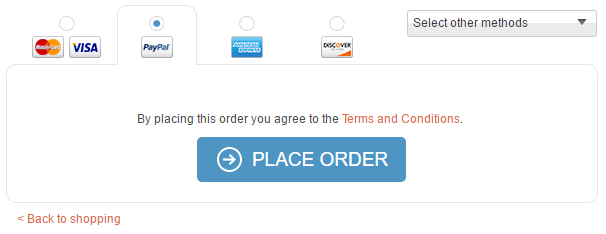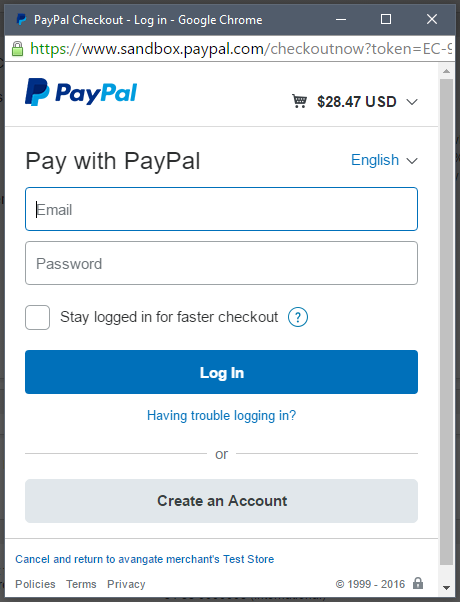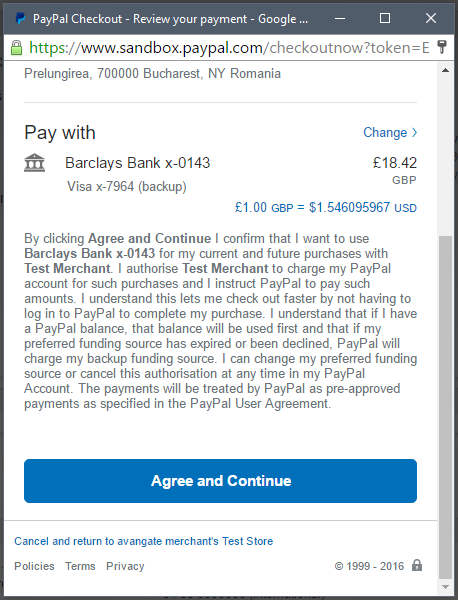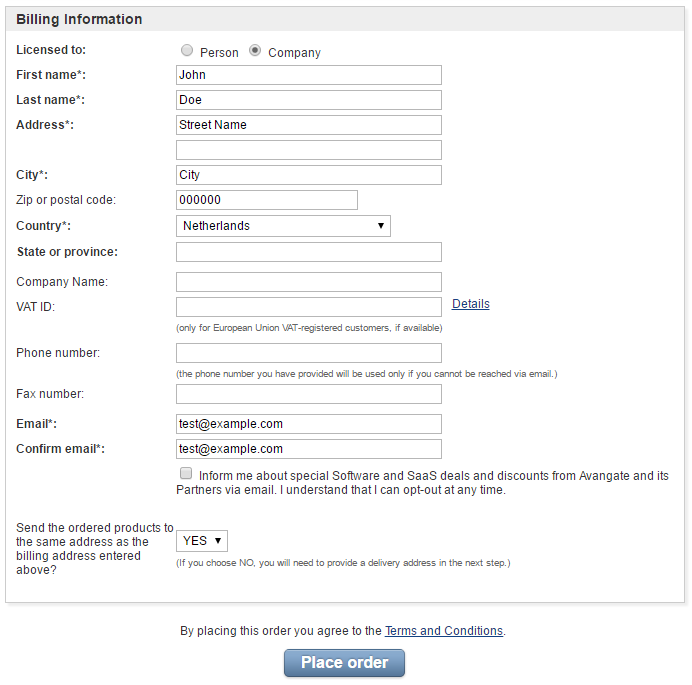Unassign additional fields
Overview
Use the unassignAdditionalField method to update additional fields for your account.
Parameters
| Parameters | Type/Description |
|---|---|
|
sessionID |
Required (string) |
|
|
Session identifier, the output of the Login method. Include sessionID into all your requests. 2Checkout throws an exception if the values are incorrect. The sessionID expires in 10 minutes. |
|
FieldCode |
Required (string) |
|
|
Field identifier. Alpha-numeric chars, underscores and dashes. |
|
ProductCode |
Required (string) |
|
|
The unique product code that you control not the system-generated product identifier. |
Response
bool(true)Request
<?php
require ('PATH_TO_AUTH');
$ProductCode = 'YOUR_PRODUCT_CODE';
$FieldCode = 'YOUR_FIELD_CODE';
try {
$UnassignedAdditionalField = $client->unassignAdditionalField($sessionID, $FieldCode, $ProductCode);
}
catch (SoapFault $e) {
echo "UnassignedAdditionalField: " . $e->getMessage();
exit;
}
var_dump("UnassignedAdditionalField", $UnassignedAdditionalField);





